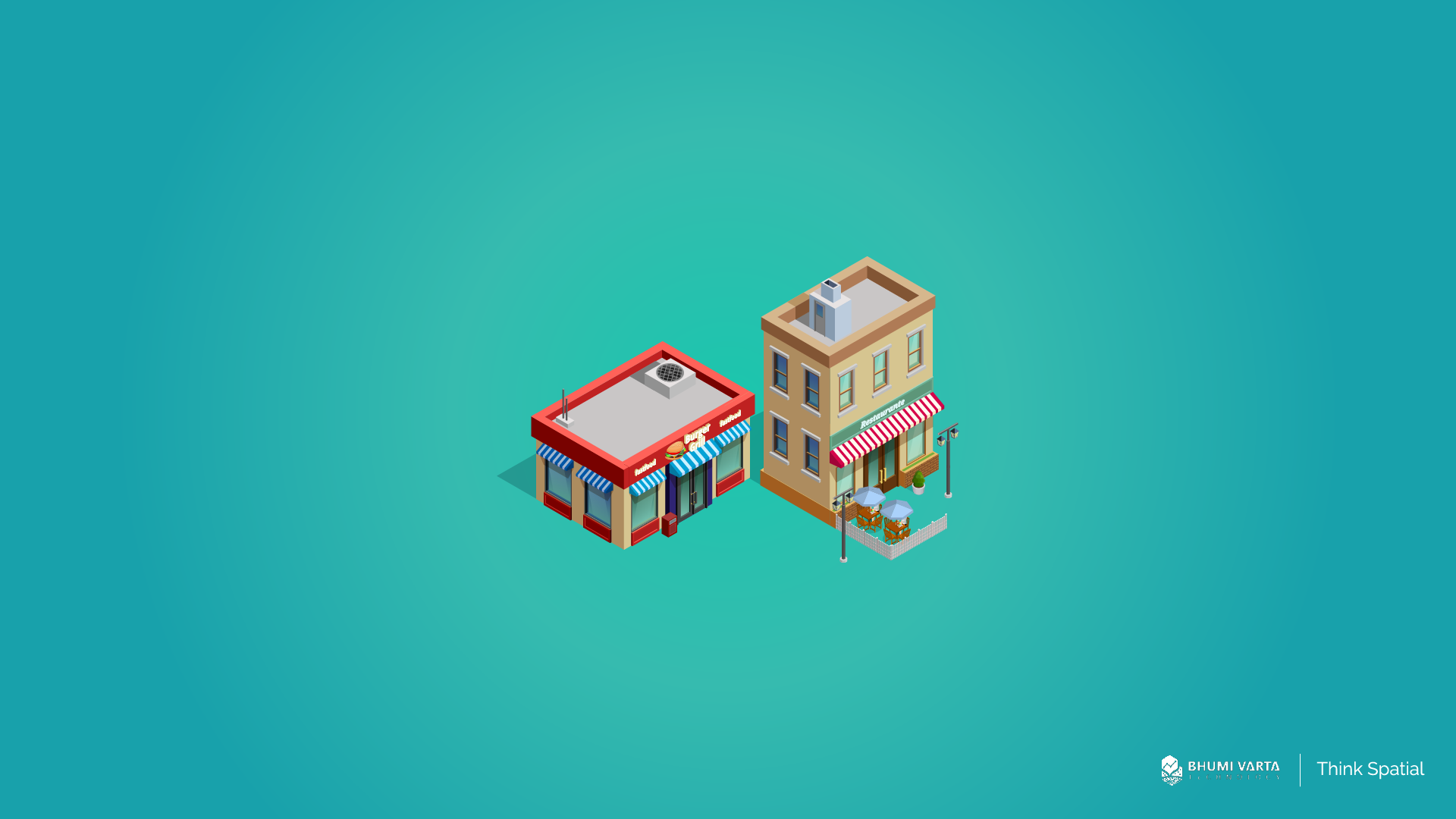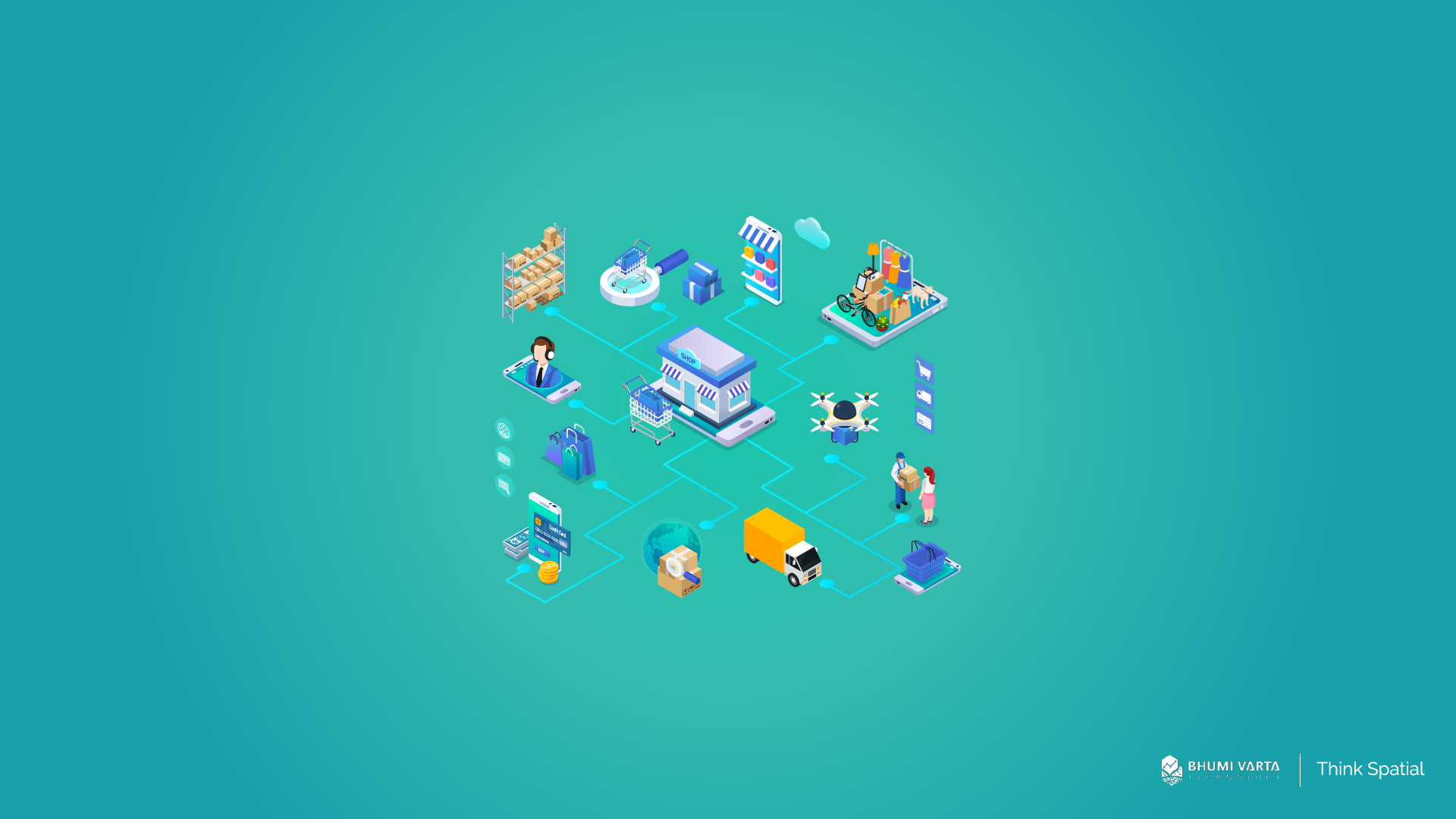Enterprise Architecture – Companies will need an efficient system to manage their business processes as their business environments get bigger and more complex. However, the system they use today is more complicated.
Moreover, duplicates and redundancies still exist after a lot of money is spent on its development.
For instance, an IT is working on an application that later will be used to help companies, however, it turns out that another division has used a similar application from a third party.
Some factors influence such incidents occurring, but one of them is the lack of internal understanding of complex structures and components in other areas of the company. Generally, these types of information are only in the mind of a person or within a business unit without being shown. Companies can use Enterprise Architecture to avoid them.
Contents
Get to Know Enterprise Architecture
The term Enterprise Architecture or we can say EA for short emerged in the 1980s as computer use became widespread in workplaces. Enterprise Architecture is a blueprint that describes a business structure and operation.
EA unifies and coordinates internal divisions within a company such as the IT department and the business so that the goal of the company is achieved.
This Enterprise Architecture consists of analyzing, designing, and implementing enterprise analysis in order to execute the company’s business strategies.
In addition, by using EA, departments within the company will be much easier in understanding the wider business model, challenges, and business risk.
Easiness in knowing business capability will assist employees to identify the gap within their business, so they are able to make informed and data-driven decisions.
Government-owned companies and other businesses such as consultants, financial services, health, transportation, insurance, industry, and telecommunication often use Enterprise Architecture.
Several points of view, including both from a technical and business perspective, will be mapped in an effective EA.
Simply put, the Enterprise Architecture model is a communication bridge between business people and IT.
The Framework of Enterprise Architecture
Generally, Enterprise Architecture is used by big companies to help their digital transformation. Meanwhile, EA is implemented as a framework.
A framework will not work for every company, as when a framework is successfully implemented in “A” company, it may fail in another. Therefore, the framework itself has many types, there are.
The Zachman Framework
Zachman International defines Zachman Framework as a logic structure used in managing a company, developing an enterprise system, manual system, and automated system in order to organize descriptive representations.
Zachman Framework provides a way to examine an organization’s information system from different angles. Furthermore, Zachman Framework shows other enterprise-related components.
The framework enables companies to model their existing business functions, elements, and processes and to manage any changes that may occur.
Unified Architecture Framework
This framework is suitable for military and government software developers and commercial businesses. Unified Architecture Framework which can be shortened as UAF is a complex and flexible framework.
UAF assist users to establish an understanding of complex relationships within companies, systems and enable system analysts to ensure that they meet users’ expectations.
Agile Enterprise Architecture
According to Gartner’s report, Agile Enterprise Architecture integrates the principles and values of Agile to ensure continuous software delivery.
Moreover, Agile Enterprise Architecture can also be described as a process of infusing and managing Enterprise Architecture models and redesigning efforts using Agile Architecture manners.
Aside from those three frameworks that are mentioned above, several other frameworks are designing architecture using TOGAF (The Open Group Architectural Framework), Federal Enterprise Architecture Framework, the European Space Agency Architectural Framework, the SAP Enterprise Architecture Framework, or the Ministry of Defence Architecture Framework and so on.
The Implementation of Enterprise Architecture in Business
Please keep in mind that
EA implementation within a business cannot be done by one division, but rather through various processes, such as translating business strategy into an information system, which supports technology optimization.
Below are the process of implementing EA,
Strategic planning
This step is done by business leaders who often organize meetings, presentations, and workshops. Mainly, those activities are discussing or deciding about what will be done in the future.
Furthermore, business leaders also develop global strategies for business and IT and document the plans for consideration and vision.
Strategic planning aims to articulate the action or what things should be done by the IT division.
Businesses and designers develop guidelines and policies about how IT should operate, such as roadmaps for detailed IT investments.
Design Enterprise Architecture
After completing strategic planning, the next process is to find the best way to answer and fulfill business needs. Therefore, this process will be more focused on creating an outline and designing Enterprise Architecture.
As a result, business leaders and designers will meet to analyze the available solutions and choose the best solutions from a business perspective. Next, they will outline it and finally decide which IT investment is most appropriate.
Those outlines will become a reference for project teams and designers to create more detailed designs and implement them.
Technology optimization
This step involves selecting hardware, operating systems, programming, and other tools. Further, they identify which IT assets are facing redundancy and which are being used as strategies.
It will be possible to create a reference technology model that will later be used to demonstrate how technology should be utilized in the future.
The Benefit of Enterprise Architecture for businesses
After knowing the meaning of Enterprise Architecture and its implementation, below are the benefit and advantages companies will get if they use EA for their business,
- Improve a better decision making
- Reduce inefficiency and redundancy
- Optimize the use of IT assets owned by a company
- Support and accelerate the digital transformation process
- Support the companies change to redesign or reorganize
- Provide an understandable IT architecture picture so that people outside IT can easily understand that.
Eliminate Inefficient and Redundant Business Process with LOKASI Enterprise
Today, It is crucial for companies to adopt Enterprise Architecture since EA assists businesses to become more transparent and effective.
In addition, EA enables business leaders or employees to avoid inefficiency and redundancy. They are able to see existing technology or applications, what projects are they carried out, and so on.
A company experiencing redundancy and unaware of it will have a swollen budget. Companies can use LOKASi Enterprise to deal with those problems.
LOKASI Enterprise is a geospatial software that can be customized to support better corporate governance. The software is also equipped with data and analytics as one of the geospatial solutions for all industries.
LOKASI enterprise provides flexibility to import and export data, data controlling, end-to-end visibility, and so on.
Learn more about LOKASI enterprise by contacting [email protected] or WhatsApp at 087779077750.



